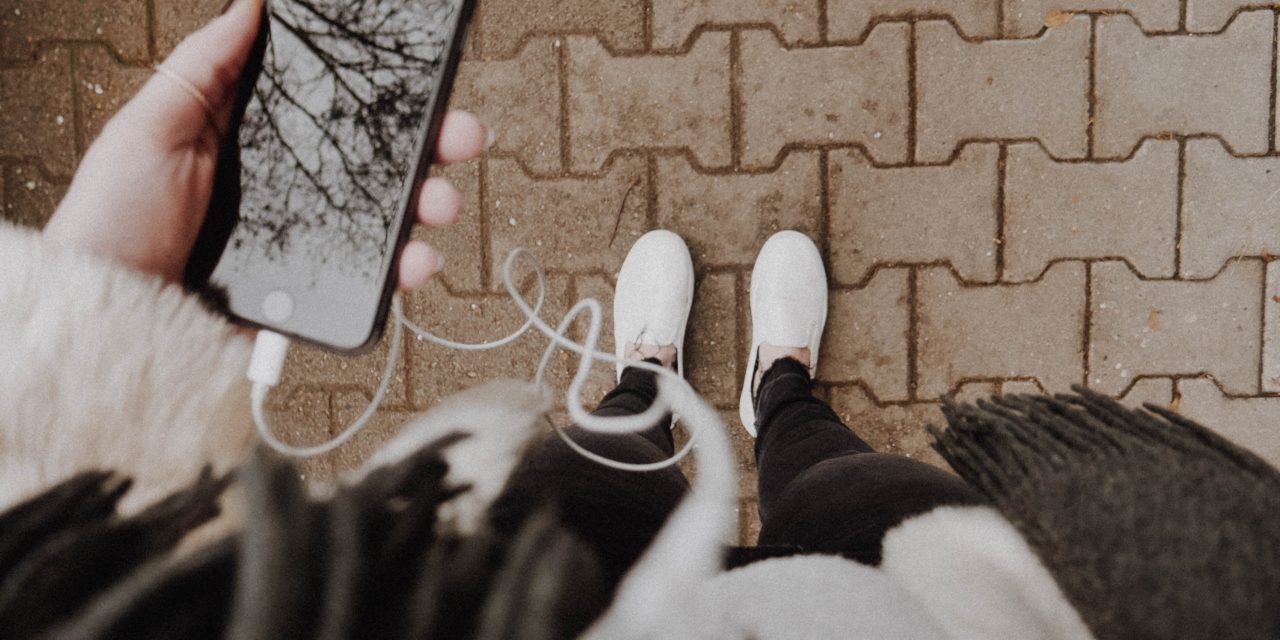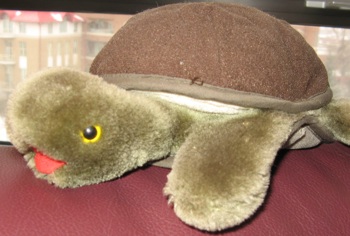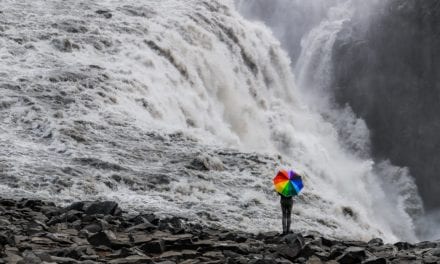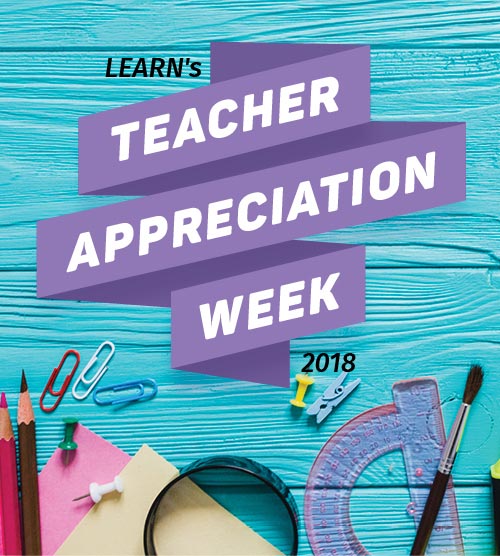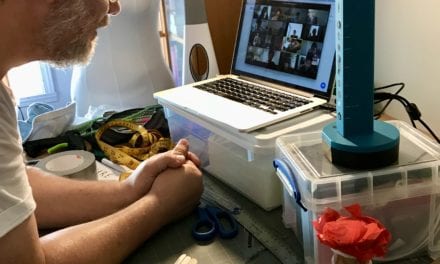Thank you, Thomas Stenzel (LEARN), Kish Gue (EMSB) and Pascale Pellerin (CSDM) for sharing insights about each project.
Digital technology and streaming platforms are evolving at an exponential rate, constantly changing the way we produce and consume media. Podcasting has been around for decades and continues to grow in popularity. Many of us have listened to a podcast, but what about making one? With so much readily available technology, producing podcasts has become an even greater possibility for everyone, including our students.
When we listen to a podcast, or balado, we often experience a fine-tuned, polished end product that has come about after numerous trial runs. As a listener, we may not be aware of the hard work behind the scenes that includes :
information research
cultural understanding
text production
communication elements (audience, voice, etc)
revision and feedback
collaboration
The whole process of producing a podcast can be a unique and engaging project to integrate in your classroom. Not only are the students producing an authentic project to be shared with a real audience, they are also practicing cross-curricular skills and developing subject-specific competencies.
As LEARN consultant Thomas Stenzel explains, “In a podcasting project, we’re focusing on developing cross-curricular skills and subject specific competencies. We are also using technology throughout the process, though it is not the main focus. The technology is being used as a vehicle for learning. For example, the researching and reviewing steps, just like in any project, are essential before opening recording software.” EMSB’s RÉCIT consultant, Kish Gue, adds, “It goes past just wanting to create a podcast – there are so many ways to use it to teach subject-specific competencies.”
Recently, Craig Bullett wrote about a podcasting project that took place at Macdonald High School that focused on Quebec’s digital competencies (Collaborative Podcasting: A process for building Digital Competency). In this blog post, we will be looking at another podcasting project that engaged and inspired students: BaladoWeb: A Voice Worth Hearing.
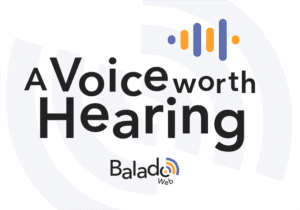
BaladoWeb: An example of culture, community and technology integration
Podcasts are more commonly accessed online through streaming platforms, but have you ever noticed them in public spaces?
Imagine going to a school and noticing a plaque at the entrance. The plaque instantly catches your attention. It reads, For information on this historical landmark, scan this QR code. You will be directed to a podcast which is proudly presented to you by students from Honoré Mercier Elementary School. -Kish Gue, EMSB
In 2008, the national RÉCIT services developed a project called BaladoWeb: Tuned in to Culture. The goal was to promote culture, whether scientific, mathematical, artistic, historical, literary, or any other relevant subject. Students were invited to research cultural elements and create podcasts that were then uploaded and geotagged to a map of Quebec.
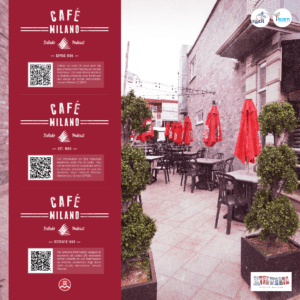
Example of one of the Honoré Mercier Elementary (EMSB) QR code plaques.
An inspiring example of this project took place at Honoré Mercier Elementary School in St. Leonard. Students recorded nine tri-lingual (English, French & Italian) podcasts about St. Léonard’s most famous landmarks, from Café Milano – Montréal to the Caverne de St. Léonard. Not only were the podcasts uploaded to the BaladoWeb map, but in collaboration with different partners, including the city, plaques with QR codes were placed in front of these famous locations. To this day, visitors can scan the QR plaques with their smartphone and listen to the associated podcasts. Here is an example from the Alati Bakery podcast.
Another teacher, Pascale Pellerin of CSDM, used podcasts as a means of practicing functional language related to places and occupations with her grade 6 intensive ESL students. She recalls, “I wanted them to create an authentic product that would be meaningful to them. In the end, we created a brochure about the NDG neighborhood that involved writing, pictures and podcasts that were accessible through QR codes.” The brochure was printed and distributed at the local library, and was also given to the school’s welcoming class of students that just arrived in Montreal, so they could learn more about NDG (community, library, schools, restaurants).
Supporting the Curriculum
Both of these projects as well as the numerous geotagged podcasts on the BaladoWeb map make for amazing productions, but even more importantly, they are the perfect opportunity for students to learn how to research information, to write and present texts to an intended audience and to fine-tune their work through feedback and revision.
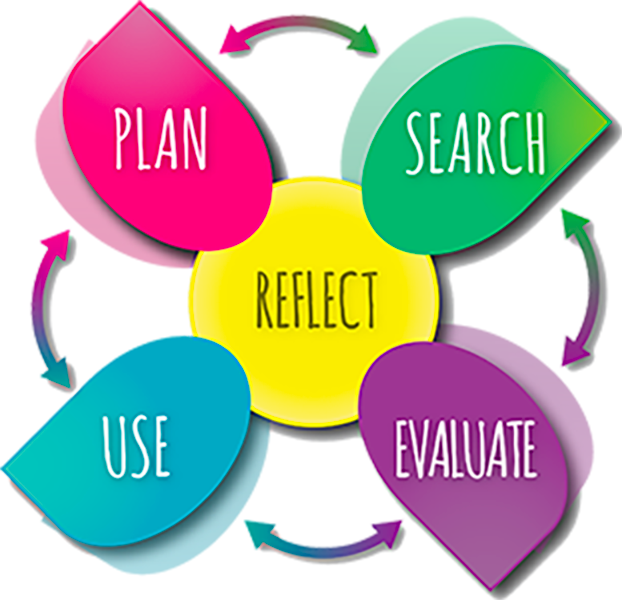
Steps to the Inquiry Process.
Information literacy and digital competency are integral parts of creating podcasts. “Being information literate means being able to plan, search, and evaluate information in order to create and share new knowledge in a digital world” (PALE). These essential lifelong skills can be developed using the Inquiry Process: a non linear, 4 step model developed by the Information Literacy Project team as a component of the Plan d’action sur la lecture à l’école (PALE).
The Inquiry Process Model consists of the following steps: Plan, Search, Evaluate, Use, Reflect.
The model effectively guides students throughout the process of planning research, knowing when and where to search for information, analyzing the reliability and accuracy of the chosen resource and using the information properly.
The Secret to a Quality Podcast
Feedback and revision. It’s actually not much of a secret, but is a step that is often overlooked due to lack of time. Kish mentions not to get panicked by time: “Sometimes we get bound by time and skip all that richness of the feedback and revision phase. Great conversations emerge from those two steps. Many questions will arise, such as What can we do to improve this podcast? What did we learn along the process? In reality, sometimes this doesn’t happen, because we’re pressed for time.” Both Thomas and Kish agree that it’s essential, just like in any production, to plan ahead and reserve time for feedback.
Whatever process a teacher uses for written productions, it should be used for the podcast text before recording. A podcast is scripted, it must be drafted, revised and edited. This should include peer revision. How does this sound? What do you think? It’s a process kids follow, and it’s important that they understand HOW it improves the texts.-Thomas S. (LEARN)
In the different podcasting projects we’ve experienced, peer review and self-review were efficient ways of having students receive feedback, evaluate themselves and improve their podcast (elocution, volume, pace, etc.) before publishing it. Thomas adds, “There’s so much richness in the feedback you get while listening to your own recording. The teacher doesn’t even need to give feedback – the student gets it directly from listening to their recording. We want the kids to be able to make those judgments, so we have to give them opportunities to do that. The teacher can also use prompting questions such as What do you think of that? What if we compare with the model?” These steps also contribute to developing self-regulation, which is “the process of continuously monitoring progress toward a goal, checking outcomes, and redirecting unsuccessful efforts” (Berk, 2003). When students implement self-regulation, they get to know themselves as learners and better understand how to manage their time, energy, thought process, actions and emotions.
Having students work in groups and revise their peer’s work allows the teacher to float around and support other students in need. Not all students will be advancing at the same pace, which frees up the space where students are recording or re-recording their podcasts. It becomes much more manageable for the teacher, instead of having all the students wanting to record at the same time.
The Value for Students
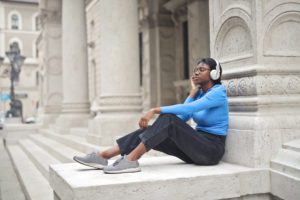 There’s no doubt that creating podcasts is an engaging and authentic experience for students, but the fact that it’s shared out to a real audience makes it ever so meaningful. Thomas adds, “Real people are going to listen to this. Their grandparents, their cousins around the world… in some cases, visitors too.”
There’s no doubt that creating podcasts is an engaging and authentic experience for students, but the fact that it’s shared out to a real audience makes it ever so meaningful. Thomas adds, “Real people are going to listen to this. Their grandparents, their cousins around the world… in some cases, visitors too.”
A podcasting project also empowers students and gives them a voice in the world. Kish shares, “you should see the pride the students have because their work is shared out at large and not just to their teachers. Their podcasts become a legacy, something that will last. It also teaches them that even though they’re kids, they can achieve great things and contribute to society. Projects like these make them so proud and are also fun for them. Isn’t that what we want for our students?”
Another added value to a project like this is that “we often can’t tell who the struggling students are. They are always in action and usually do very well with hands-on projects. We’ve observed that it’s sometimes the strong students, who have everything well-written out, that have trouble communicating their text out loud” (Kish Gue, EMSB).
Many students love creating and sharing videos, memes and podcasts outside of school. As teachers, we can leverage those interests and that energy and integrate such projects in the classroom. You’ll be able to support them by setting the stage, guiding their critical judgment and helping the students develop their cross-curricular skills… all while teaching the curriculum and engaging students. As Kish likes to say, “Let’s teach in colour and not in black and white.”
The BaladoWeb project and teacher-student guides have recently been revamped and are now accessible on the BANQ site. The project is now called BaladoWeb: A Voice Worth Hearing. Visit the BaladoWeb site to participate or to listen to students’ podcasts. Don’t hesitate to reach out to your local RÉCIT consultant or the LEARN team for support with the BaladoWeb project. Find the directory here.
Go For It!
Student podcasts are a great way to connect language competencies, digital competencies and demonstrate understanding in every subject. The podcast genre itself is diverse, giving students a chance to interview experts and explain a complex topic in a simple and entertaining way. And with easier access to technology, it is possible to record quality podcasts with basic tools such as an iPad or smartphone.
There are some really great opportunities to use podcasting with students to demonstrate learning. But the technical aspects also require scaffolding. This is an opportunity! Thankfully, resources like BaladoWeb are taking on the challenge by breaking down the steps for teachers and students, along with creating a community of learners that can inspire each other and raise the bar of what is possible.
Resources
Collaborative Podcasting: A process for building Digital Competency
The Inquiry Process
Plan d’action sur la lecture à l’école (PALE)
BaladoWeb: A Voice Worth Hearing
Berk, L.E. (2003). Child development. Boston, MA: Allyn and Bacon
Directory of RÉCIT consultants
Picture Credits
Picture of person listening to smartphone
https://unsplash.com/photos/BECWWmIuJ2k
The Inquiry Process
https://dca.learnquebec.ca/the-inquiry-process-combined-page/
Picture of seated person listening to headset
https://www.freepik.com/free-photo/young-woman-listens-music-city_27496605.htm#page=3&query=black%20person%20headphone%20museum&position=7&from_view=search&track=robertav1_2_sidr

